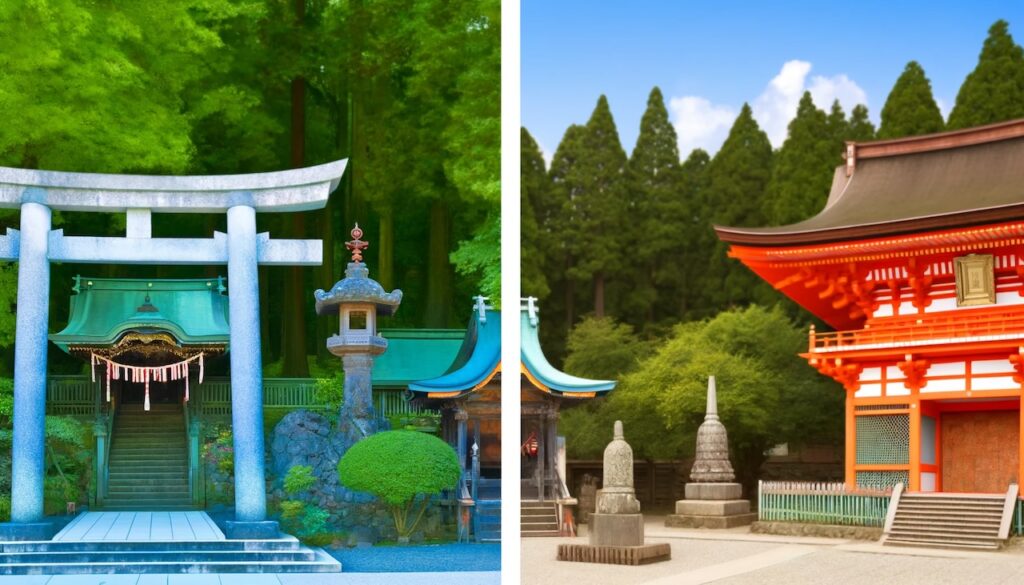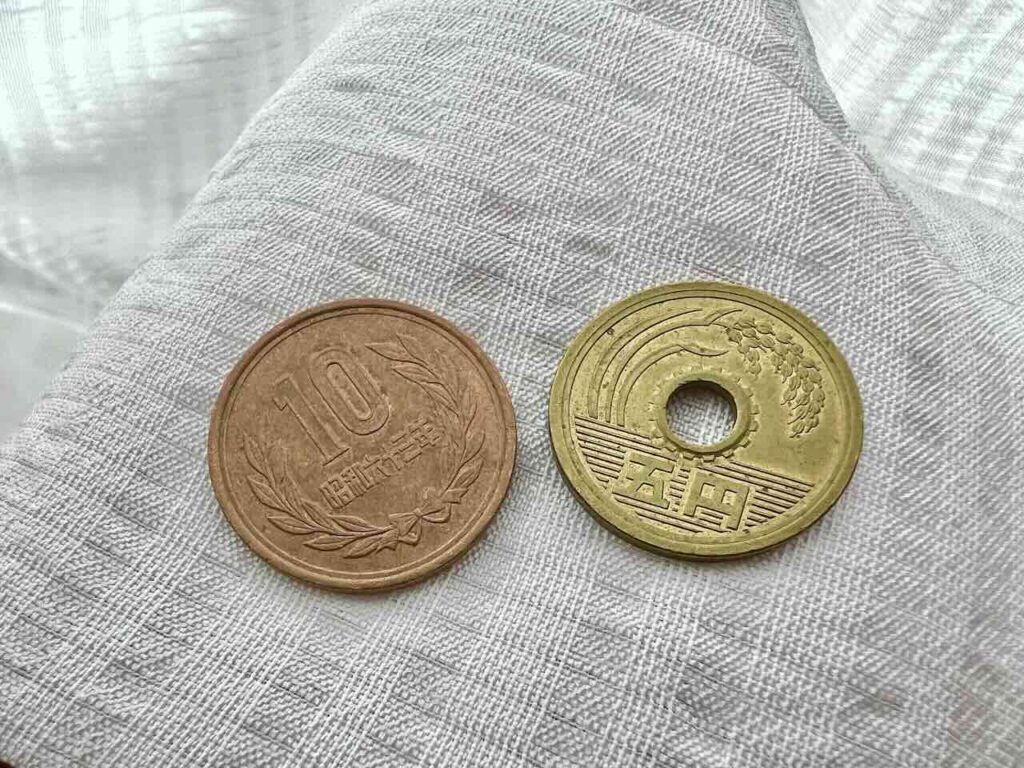Have you ever seen a beautiful Japanese temple or a colorful shrine and wondered,
“What’s the difference between them?”
If so, you’re not alone! Japan is filled with both temples and shrines, and while they may look similar, they’re actually quite different. In this fun and easy guide, we’ll learn what sets them apart and how to visit them politely and respectfully.
What’s the Difference Between a Temple and a Shrine?
The main difference comes down to religion!
🛕 Temples (Buddhist)
- Temples are part of Buddhism, a religion that came to Japan from India and China.
- People go to temples to pray to the Buddha and to remember loved ones who have passed away.
- Inside a temple, you might see a big statue of the Buddha, monks in robes, and the smell of incense in the air.
⛩ Shrines (Shinto)
- Shrines belong to Shinto, Japan’s native religion that believes in kami (nature spirits).
- People visit shrines to make wishes, say thanks to the kami, or pray for good luck and health.
- You’ll often see a big red gate called a torii at the entrance of a shrine—it’s a special sign that you’re entering a sacred place.
How to Visit a Temple or Shrine the Right Way
Whether you’re visiting a temple or a shrine, it’s important to be respectful. Here’s how!
👣 At a Temple
- Bow slightly before entering the temple grounds.
- At the water station (called a chōzuya), wash your hands and rinse your mouth:
- Scoop water with a ladle.
- Wash your right hand, then your left hand.
- Pour water into your left hand to rinse your mouth (don’t touch the ladle to your lips!).
- At the main hall:
- Light an incense stick (if allowed).
- Toss a coin into the offering box.
- Ring the bell (if there is one).
- Put your hands together and say a quiet prayer or show your thanks to the Buddha.
👣 At a Shrine
- Bow slightly before going through the torii gate.
- At the water station, wash the same way:
- Right hand → Left hand → Rinse mouth with left hand.
- At the main hall:
- Toss a coin into the offering box.
- Bow twice, clap twice, then bow once more.
- Make your wish or say thank you to the kami.
Temple or Shrine? Here’s a Quick Tip to Tell the Difference!
| What to Look For | Temple 🛕 | Shrine ⛩ |
|---|---|---|
| Big red gate (torii)? | ❌ No | ✅ Yes |
| Buddha statue inside? | ✅ Yes | ❌ No |
| Ring a bell before praying? | ✅ Often | ✅ Sometimes |
| Clap hands when praying? | ❌ No | ✅ Yes (twice!) |
| Religion? | Buddhism | Shinto |
Why These Places Matter
Temples and shrines aren’t just pretty buildings—they’re special places where people go to feel calm, thankful, and connected. They’re also a big part of Japanese culture and history.
Even though they come from different religions, both are peaceful places where people show gratitude and respect. Learning how to visit them politely is a great way to experience the spirit of Japan!
Final Thoughts
The next time you visit Japan, or even just read about it, you’ll know the difference between a temple and a shrine. And if you get the chance to visit one in person, you’ll know just what to do:
- Wash your hands
- Bow politely
- Make a wish or say thank you
And don’t forget to look up and enjoy the beautiful architecture, nature, and peaceful atmosphere all around you.


